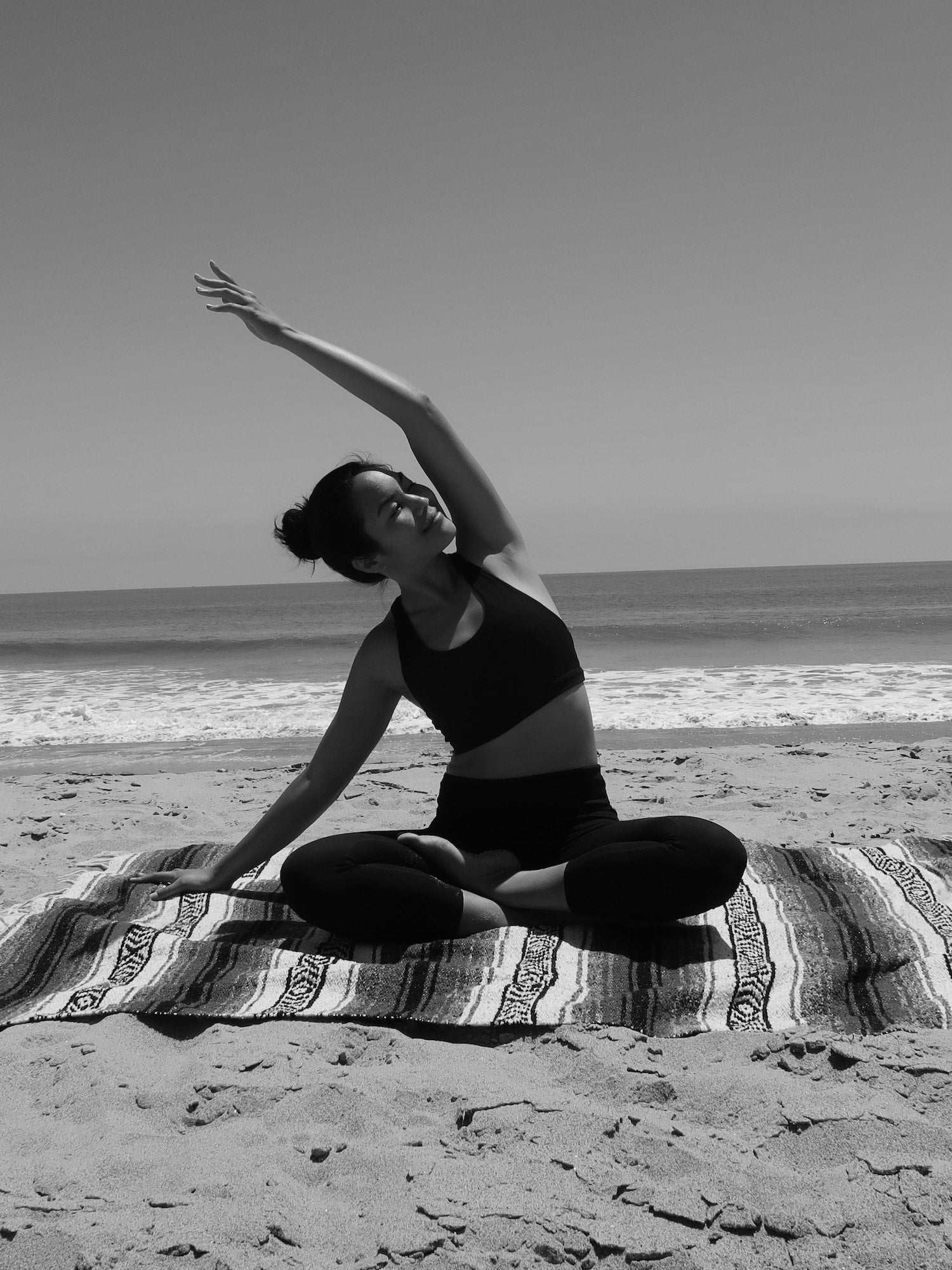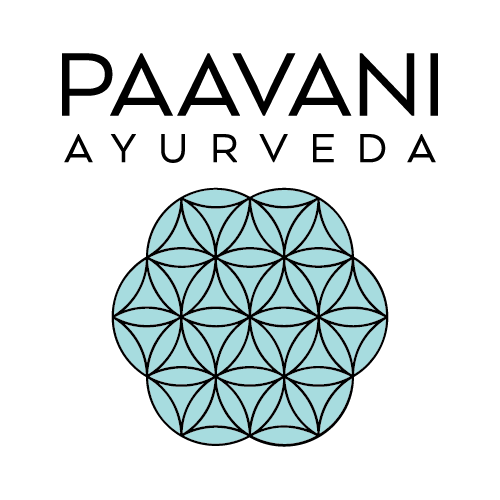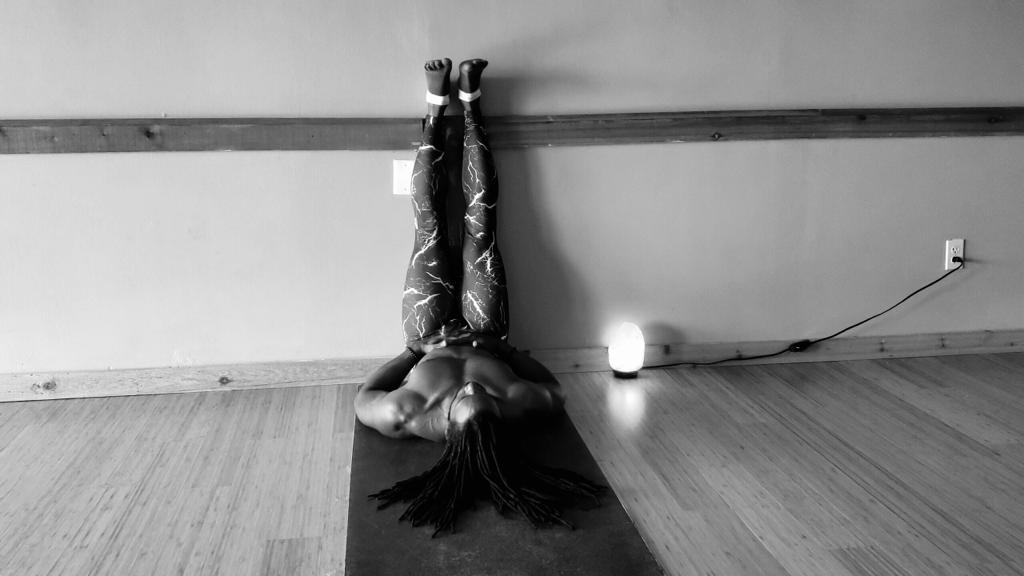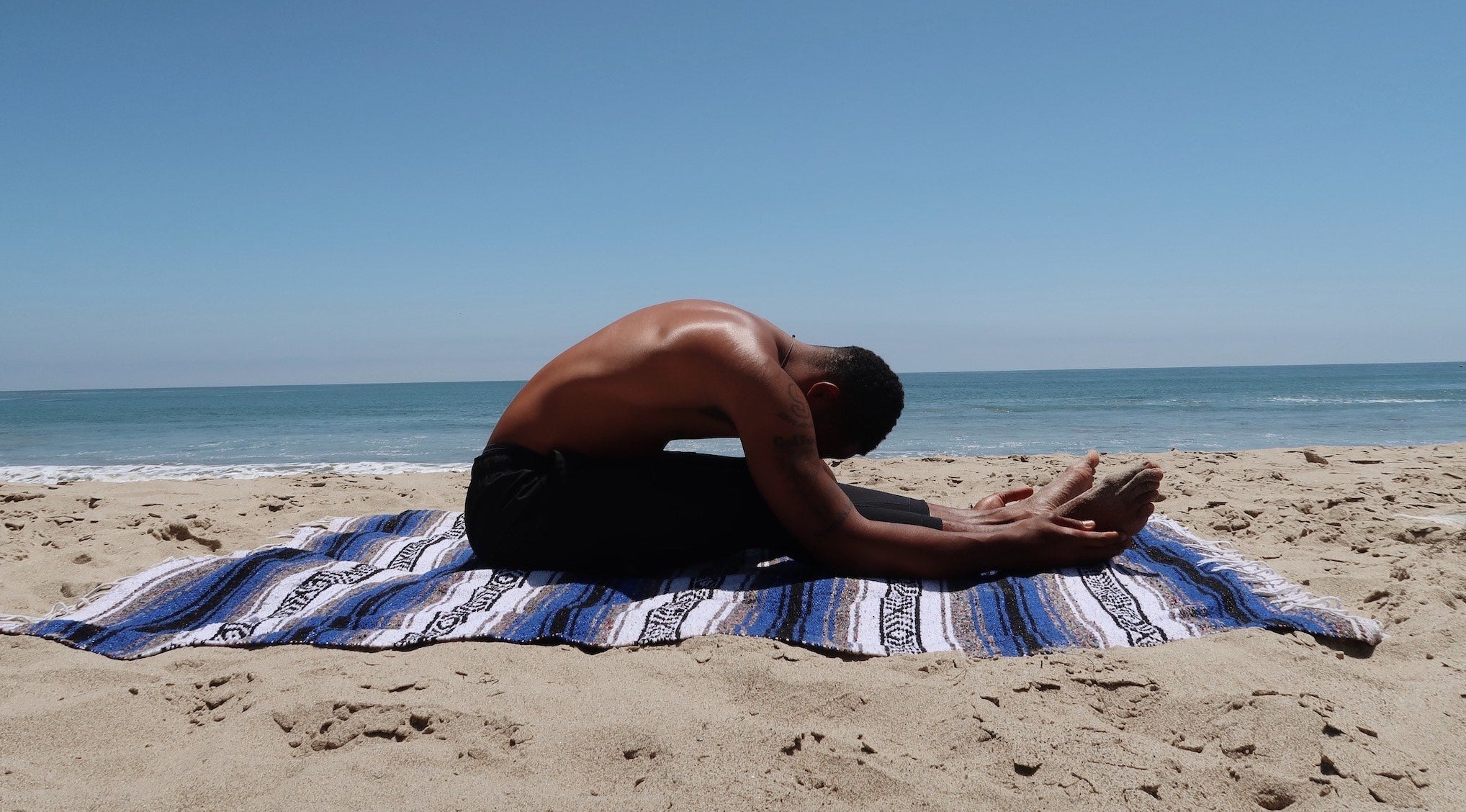
Parsva Sukhasana: An Ayurvedic Guide to Seated Side Bend Pose

Parsva Sukhasana, or Seated Side Bend Pose, is a variation of Sukhasana (Easy Pose). Seated Side Bend is a simple seated posture which is commonly used in yoga to warm up the body. This posture opens the hips and provides a lateral twist; therefore, it is beneficial for the lower and upper back, chest and psoas muscle. Energetically, Parsva Sukhasana calms and grounds as well as awakens the heart.
How Parsva Sukhasana (Seated Side Bend) Affects the 3 Doshas:
Vata- Seated Side Bend Pose is a wonderful way to restore a grounded, rooted energy to the often highly mobile, variable energy of vata dosha. Since the low body is supported by the floor in this posture, apana vayu, the downward moving energy needed for healthy, regular bowel movements is also enhanced.
Pitta- Parsva Sukhasana provides pitta types the opportunity to slow down, simplify and cultivate waves of calm and bliss in both their bodies and minds. As the side body opens and stretches in this posture, the organs of digestion are able to expel any unwanted toxins and excess heat, ultimately relieving the fiery nature of pitta dosha.
Kapha- For kapha types, Seated Side Bend Pose expands the side body, opens the heart center and liberates the organs of respiration. The focus for kapha types in this posture is to take gobs of full breaths in and out to stretch and expand the upper body, in order to rid the body and mind of congestion, lethargy and sluggishness.
How to Do Parsva Sukhasana:
- Sit on one or two folded blankets, with your legs straight out in front of you.
- Draw your right leg in and then your left leg to come into a cross legged position.
- If your hips are tight or if you have any knee pain, roll a couple of blankets and place them underneath your hips and/or knees to support you. Also, you can try sitting on one or two more blankets to further elevate your seat.
- Allow your hands to fall into whatever position feels naturally right.
- Feel the connection between your feet, legs, sit bones and the floor.
- As you inhale, lengthen the spine up nice and tall.
- Draw the shoulders gently down the back and feel your heart expand.
- Bring the crown of your head in line with your hips and bring your chin parallel to the floor.
- Place your right hand on the floor and simultaneously extend the left arm upward towards your left ear.
- Exhale and side bend to the right.
- If possible, keep your gaze on your left hand as you take 5-10 breaths in this position.
- To come out, take an inhalation and return back to center with both hands resting on the knees.
- Place your left hand on the floor and simultaneously extend the right arm upward towards your right ear.
- Exhale and side bend to the left.
- If possible, keep your gaze on your right hand as you take 5-10 breaths in this position.
- Return back to center and rest both hands on the knees.
Precautions:
- It is best to learn any yoga posture, including Parsva Sukhasana, under the supervision of a live Yoga teacher. This way, the teacher can help correct alignment which will decrease the chances of you developing faulty or harmful habits in your Yoga practice.
- Please consult a physician before you begin any exercise practice, including Yoga.
Contraindications for Parsva Sukhasana:
- recent knee replacement surgery
- recent shoulder surgery
- severe back pain
- severe shoulder pain
- severe neck pain
- severe arthritis in the knees
- sciatica





Leave a comment
This site is protected by hCaptcha and the hCaptcha Privacy Policy and Terms of Service apply.